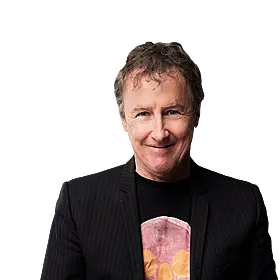Fashion, media, art, politics, music, banking, film, you name it and New York has it. An important gateway to America, what began as a small Dutch settlement on Manhattan island was almost predestined to become a great city. Yet few could have predicted it becoming the 'cultural and financial capital of the world'.
New York's rise reflects that of North America. A beacon for migrants across the Atlantic, it promised wealth and opportunity for those willing to seek it and welcomed the tired, poor, and huddled masses 'yearning to breathe free'. These masses formed an incredible melting pot that became the core of New York.
Tendrils reached back home from the neighbourhoods that had self-segregated along ethnic lines. These tendrils drew ever more people across the Atlantic and built up great branches of trade. Meanwhile whole new cultures arose in New York itself as neighbours shared their own beliefs and traditions with one another.
New York's history wasn't without sorrow and suffering though.
One of America's greatest ports it fed the hungry demand for slaves to work in homes and plantations. Even after the abolition of slavery a sharp racial divide remained. Yet even this segregation, enforced by planning and the authorities, fed into New York's ever evolving identity.
A beacon for those who didn't fit elsewhere New York became a centre for cultural revolution in the 20th century. Music, art, and fashion all flourished amid the imposing skyscrapers and busy streets while, in the streets, people fought for racial equality and LGBT rights. New York is as complex as its population is diverse and its fortunes have risen and fallen throughout history, yet there always remains this inexorable draw to the Big Apple.
What is it about New York that makes it so appealing? What fed its meteoric rise? And how did this small Dutch trading post come to define so much of the American psyche and skyline?
Join Patrick as he talks with a panel about the history of New York and how it became such a global landmark.









